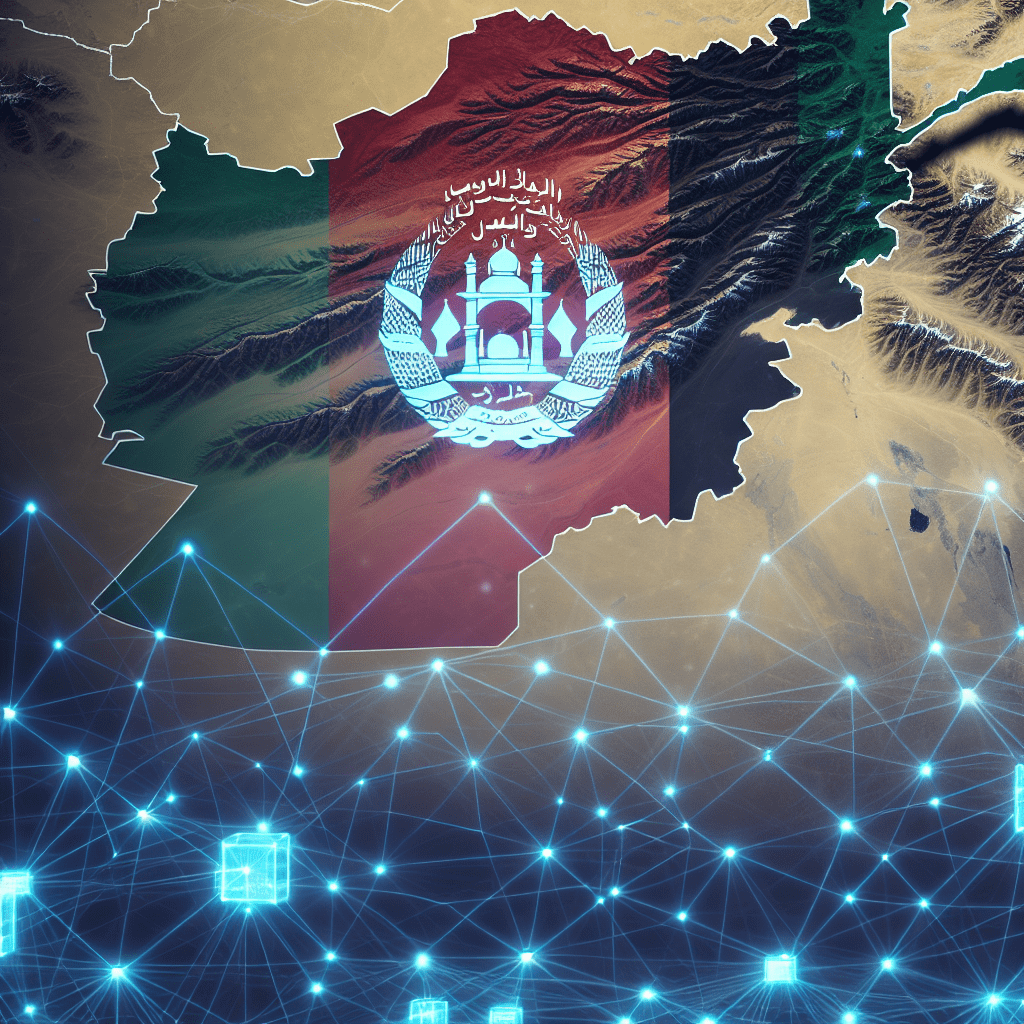The recent nationwide internet outage in Afghanistan highlighted a significant flaw within the world’s top decentralized blockchains: their reliance on centralized internet providers that are susceptible to government interference and technical malfunctions.
The country experienced a near-total internet blackout lasting approximately 48 hours, with connectivity restored on Oct. 1, as reported by Reuters . The disruption was allegedly initiated by the Taliban government, although officials later cited “technical issues” related to fiber optic cables as the cause.
While blockchains are designed to offer a public, censorship-resistant framework for value transfers, their dependence on centralized internet providers complicates these applications during outages.
“The Afghanistan blackout represents not merely a regional connectivity crisis; it’s a wake-up call,” said Michail Angelov, co-founder of the decentralized WiFi platform Roam Network. “When connectivity is controlled by a small number of centralized providers, the potential of blockchain can vanish overnight,” he noted.
The countrywide internet and mobile data services interruption affected roughly 13 million people, as indicated in a September report by ABC News. This incident marked the first nationwide internet shutdown under Taliban authority, following regional internet restrictions imposed earlier in September to limit online activities deemed “immoral.”
The Taliban refuted the ban, attributing the internet outage to technical challenges, such as issues with fiber optic cables.
Iran, too, is contending with internet censorship challenges since its conflict with Israel began.
The Iranian government suspended internet access for 13 days in June, allowing only domestic messaging apps, leading many Iranians to seek hidden internet proxy links for temporary access, as reported by The Guardian on June 25.
Related: $11B Bitcoin whale returns with $360M BTC transfer after 2 months
DePIN projects are building decentralized internet infrastructure
The Afghanistan outage amplifies the demand for decentralized connectivity solutions that eliminate single points of control.
Decentralized wireless networks are emerging as alternatives to traditional internet providers, part of a broader technological evolution known as a decentralized physical infrastructure network, or DePIN.
Roam aims to construct a smartphone-driven decentralized wireless network that crowdsources mobile signal data, effectively creating a “living map of connectivity.”
Coupled with the project’s upcoming eSIM implementation, this allows devices to automatically choose the optimal internet options, including public carriers, private meshes, or peer-to-peer networks.
“Roam users can see in real time what works where: No uncertainty during outages,” ensuring a connection even if “centralized networks fail,” stated Angelov.
Related: $10B in Ethereum awaits exit as validator withdrawals surge
World Mobile stands as the largest decentralized network with 2.3 million daily active users across over 20 countries, according to data from worldmobile.io.
The project achieved over $9.8 million in total revenue in August, reflecting earnings distributed among AirNode operators, stakers, and other participants.
Helium ranks as the second-largest decentralized wireless network, operational in over 190 countries with 112,000 total hotspots globally. It claims to have more than 1.3 million daily users on its decentralized platform.
Users are rewarded with Helium (HNT) tokens for hosting hotspots that enhance internet coverage.
Proponents argue that the full potential of blockchain technology in terms of financial freedom and resistance to censorship cannot be achieved until the underlying internet is more decentralized.
As Angelov said, “If decentralization halts at the protocol level, we haven’t really addressed the issue — we’ve merely shifted the locus of control.”
Magazine: Most DePIN projects barely even use blockchain — True or false?

